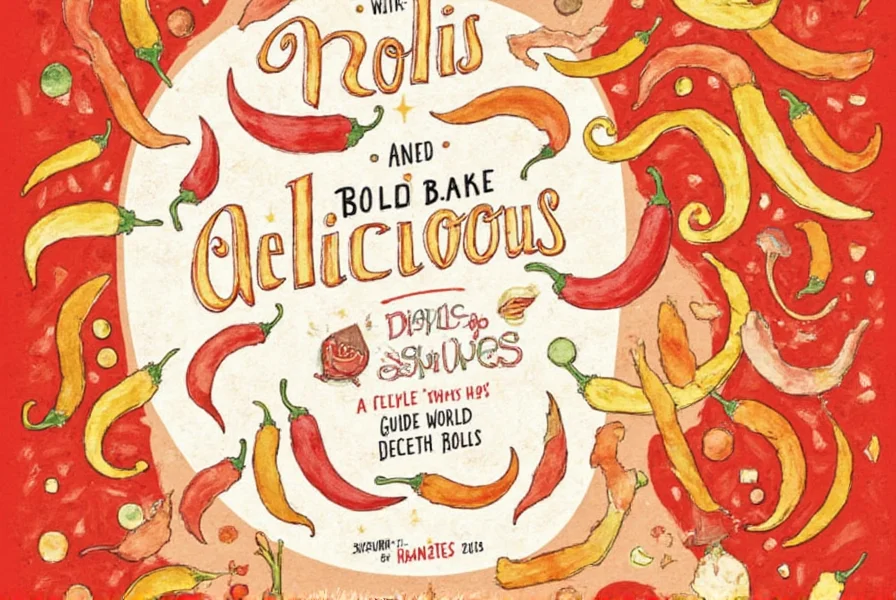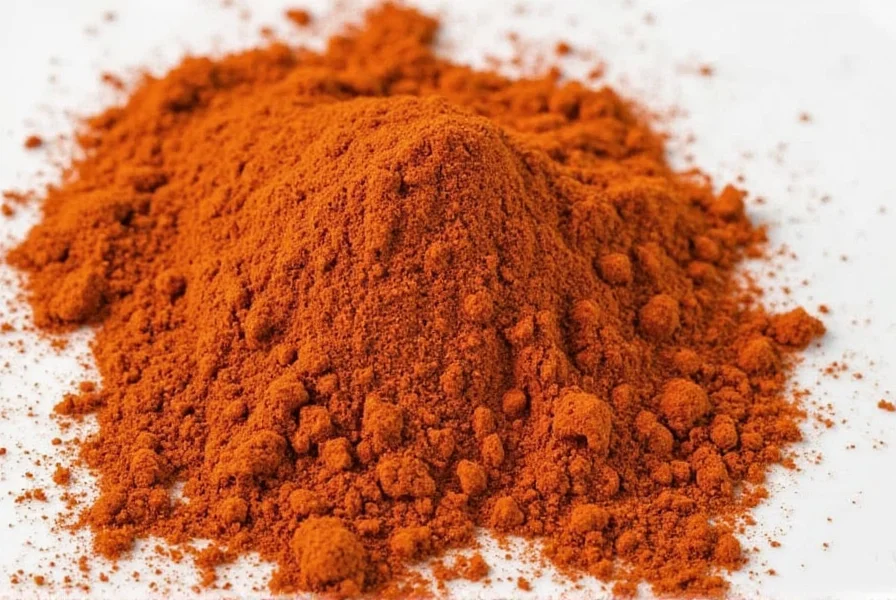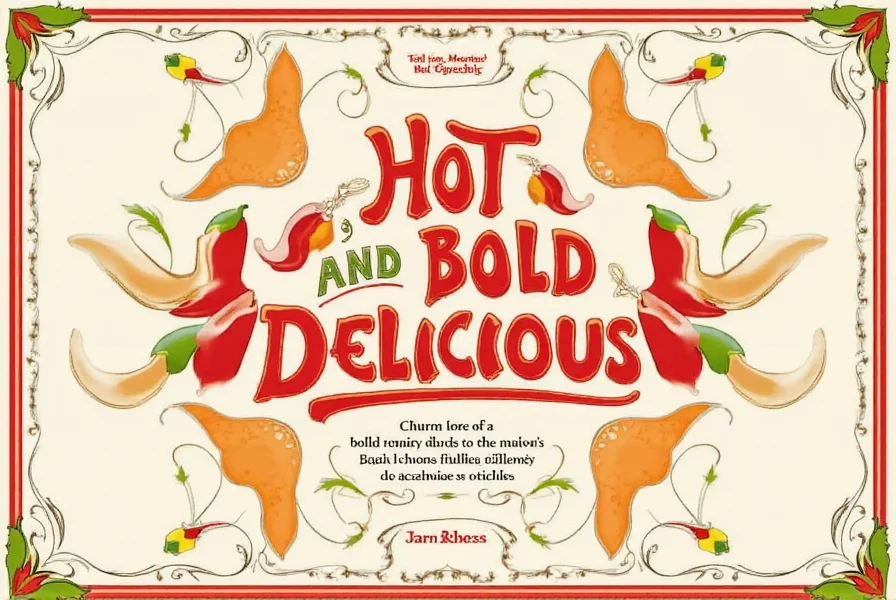Hot, Bold, and Delicious: A Chiles Food Lover's Guide to the Spicy World
Table of Contents
Introduction to Chiles Food
Chiles food is more than just a meal—it’s an experience. Whether you're savoring the smoky heat of a chipotle or the fiery kick of a habanero, chiles bring depth, complexity, and flavor to dishes from around the world. From Mexican salsas to Indian curries, chiles are the unsung heroes of spice.
If you’re new to chiles, it might seem overwhelming at first. But with a little knowledge and a lot of curiosity, you’ll soon discover why people all over the globe love this spicy staple. In this guide, we'll break down everything you need to know about chiles food—how they’re used, how they taste, and how to choose the best ones for your kitchen.
Understanding Spice Levels in Chiles
Not all chiles are created equal. The level of heat varies wildly depending on the type, ripeness, and even where they're grown. If you’ve ever been caught off guard by a seemingly mild pepper that turned out to be a fireball, you know how important it is to understand spice levels.
To help you navigate the spicy spectrum, here's a quick reference chart:
| Chile Type | Spice Level (Scoville Heat Units) | Flavor Profile |
|---|---|---|
| Jalapeño | 2,500 - 8,000 SHU | Mild, slightly sweet, with a grassy note |
| Serrano | 10,000 - 23,000 SHU | Sharp, fresh, with a bit more heat than jalapeño |
| Cayenne | 30,000 - 50,000 SHU | Peppery, hot, and often used in powdered form |
| Habanero | 100,000 - 350,000 SHU | Smoky, fruity, and extremely hot |
| Ghost Pepper | 855,000 - 1,041,450 SHU | Over-the-top heat with a sweet and smoky undertone |
This table gives you a basic idea of what to expect when choosing a chile. Remember, the Scoville scale measures the concentration of capsaicin—the compound responsible for the heat. The higher the number, the hotter the pepper.
Popular Chiles Used in Food
From the vibrant red of a poblano to the tiny but powerful habanero, each chile brings its own unique character to the plate. Here are some of the most commonly used chiles in cooking:
- Jalapeño: Perfect for salsas, tacos, and pickling. Mild enough for beginners but still delivers a punch.
- Poblano: Often used in Mexican dishes like chiles rellenos. When dried, it becomes a chipotle, which adds deep, smoky flavor.
- Chipotle: Smoked and dried jalapeños. Great for adding a smoky heat to stews, sauces, and grilled meats.
- Habanero: Popular in Caribbean and Latin American cuisine. Ideal for spicy salsas, hot sauces, and marinades.
- Cayenne: Frequently used in powdered form for seasoning, especially in spicy dishes like gumbo or chili.
Each of these chiles has a distinct flavor and heat profile, so it’s worth experimenting with different types to find what works best for your palate.

Essential Cooking Tips for Chiles
Whether you're a seasoned cook or just starting out, here are some practical tips to help you make the most of chiles in your kitchen:
- Wear gloves when handling hot chiles: Capsaicin can cause irritation, so always use gloves or wash your hands thoroughly after handling them.
- Remove seeds and membranes: These parts contain the most capsaicin, so if you want less heat, remove them before cooking.
- Toast chiles for extra flavor: Sautéing or roasting chiles before using them can enhance their natural flavors and reduce bitterness.
- Pair with dairy: Milk, yogurt, or sour cream can help neutralize the heat and soothe your mouth after eating spicy food.
- Use chiles in moderation: Start with small amounts and adjust to your taste. You can always add more heat, but you can’t take it away once it’s in the dish.
By following these tips, you’ll be able to control the heat and flavor of your chiles food without turning your meal into a fiery disaster.

The Ultimate Buying Guide for Chiles
Choosing the right chiles can make all the difference in your cooking. Whether you're buying fresh, dried, or canned, here's what to look for:
Buying Fresh Chiles
When selecting fresh chiles, look for:
- Firm texture: Avoid soft or wrinkled chiles—they may be old or spoiled.
- Vibrant color: Bright red, green, or orange chiles are usually fresher and more flavorful.
- No blemishes or mold: Check for any signs of damage or decay before purchasing.
Buying Dried Chiles
Dried chiles are great for long-term storage and add a rich, smoky flavor to dishes. Look for:
- Even color and no cracks: High-quality dried chiles should have a uniform appearance.
- Aroma: They should smell strong and aromatic, not musty or stale.
- Proper packaging: Choose chiles that are sealed in airtight containers to preserve freshness.
Buying Canned or Jarred Chiles
Canned or jarred chiles are convenient and often used in recipes that call for a consistent heat level. Consider:
- Clear labeling: Make sure the product clearly states the type of chile and the heat level.
- Check the expiration date: Canned goods have a shelf life, so don’t buy anything too far past its expiration date.
- Try different brands: Some brands offer better quality or unique blends, so experiment to find your favorite.
If you're looking for specific products, here are a few popular options:
Recommended Products
- Trader Joe's Dried Ancho Chiles – These are perfect for making mole sauce or adding depth to stews. Features include a rich, smoky flavor and high-quality packaging. Best for home cooks who enjoy traditional Mexican dishes. Suitable for use in both savory and sweet recipes.
- Las Palmas Chipotle Peppers in Adobo – A versatile option that adds smoky heat to anything from soups to barbecue. Has a robust flavor and is ideal for those who love bold, intense heat. Great for grilling, sautéing, or blending into sauces.
- McCormick Cayenne Pepper – A go-to for anyone who wants a quick and easy way to add heat. Offers a consistent flavor and is perfect for seasoning dishes like chili, stir-fries, or homemade hot sauces. Ideal for casual cooks or those who prefer convenience.
Remember, the key to great chiles food is choosing the right variety for your recipe and personal preference. Don’t be afraid to try new things and see what works best for your taste buds.

Conclusion
Chiles food is more than just a spicy addition to your meals—it's a celebration of flavor, culture, and tradition. Whether you're a lifelong spice enthusiast or just starting to explore the world of chiles, there's something for everyone to enjoy.
From understanding the different spice levels to mastering the art of cooking with chiles, this guide has given you the tools you need to elevate your culinary skills. And with the right ingredients, you can create dishes that are not only delicious but also full of personality and passion.
So next time you reach for a chile, remember: it's not just about the heat. It's about the flavor, the aroma, and the experience. Embrace the spice, and let your taste buds take the lead.
As we wrap up, remember that chiles food is a journey—one that's as much about discovery as it is about flavor. Keep experimenting, keep tasting, and most importantly, keep enjoying the heat.










 浙公网安备
33010002000092号
浙公网安备
33010002000092号 浙B2-20120091-4
浙B2-20120091-4